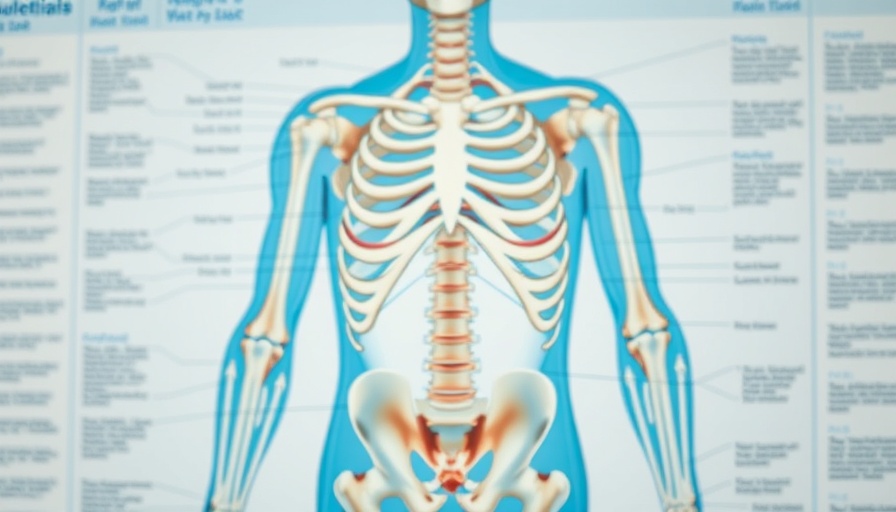
Unlocking the Secrets of CPPD Disease: New Genetic Discoveries
Recent advances in genetic research have unveiled crucial insights into calcium pyrophosphate deposition (CPPD) disease, a common form of inflammatory arthritis affecting countless individuals, particularly those over the age of 60. The identification of two specific genes, RNF144B and ENPP1, has the potential to transform the landscape of treatment and prevention for this often debilitating condition. As those recovering from walking or standing face unique challenges, understanding this condition is vital in paving the way for better health outcomes.
What is CPPD Disease?
CPPD disease is characterized by the deposition of calcium pyrophosphate crystals in the joints, leading to painful inflammation and, in some cases, gradual cartilage degradation. This crystalline arthritis, also commonly known as pseudogout, can manifest acutely with sudden flare-ups or chronic symptoms that significantly impair mobility. Historically underestimated, recent studies indicate that the prevalence of CPPD disease could be as high as 30% in adults over 80 years, underscoring its importance as a public health concern.
The Significance of Genetic Research in Arthritis
Through a comprehensive genome-wide association study (GWAS) involving over 550,000 veterans of diverse ancestries, researchers discovered that both genes—RNF144B and ENPP1—play a critical role in the development of CPPD disease. Dr. Tony R. Merriman, the lead investigator, explains how these genes influence the production of chemicals that facilitate the formation of harmful crystals in joints. This discovery may open up new avenues for targeted therapies, a significant leap forward from existing treatment options that largely focus on managing symptoms rather than addressing underlying genetic causes.
Implications for Those in Recovery
Individuals recovering from foot and joint-related issues understand the vital importance of managing their conditions effectively. New treatments stemming from this genetic research could offer them a way to reduce pain and improve mobility. As weight-bearing activities like walking are integral to rehabilitation, it is worth noting that strategies such as wearing adaptive footwear or using smart insoles that monitor posture and walking technique could further aid their recovery process.
Enhancing Recovery Through Foot Health
Walking is essential not just for physical rehabilitation but for overall health. Aiming for 7,000 steps a day has been shown to cut the risk of death by 47%. However, for those with underlying conditions like CPPD disease, walking technique, and foot health are crucial. Smart insoles that track how individuals walk or run can provide insights that might help prevent exacerbation of joint pain or injury, allowing people to lead more active and pain-free lives.
Conclusion: Embrace Healthy Habits for a Better Future
The identification of RNF144B and ENPP1 as key genetic players in CPPD disease is more than a scientific breakthrough; it represents a promise of improved prevention and treatment for a common hazard of aging. As we incorporate technology like smart insoles to track and adjust our walking habits, combined with groundbreaking genetic insights, we set the stage for a healthier future. For those managing arthritis or recovering from injuries, establishing a connection between your genes, the footwear you choose, and your physical activity routine could be the key to greater mobility and pain-free living.
To learn more about how to enhance your recovery and the technological advancements aiding in foot health, feel empowered to explore options like smart insoles designed to monitor your walking posture. These innovations are not only about tracking— they're about reclaiming your mobility and quality of life.
 Add Row
Add Row  Add
Add 




Write A Comment